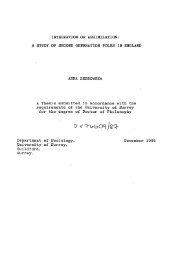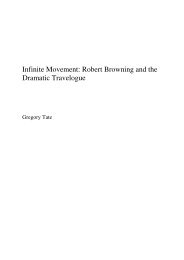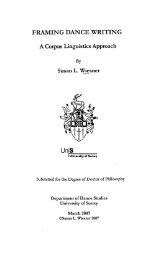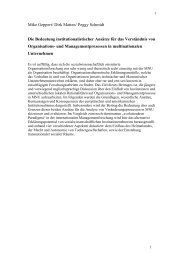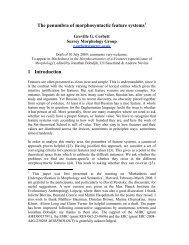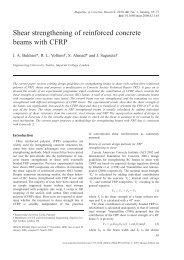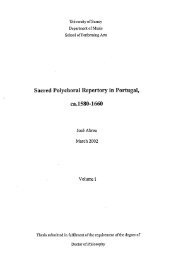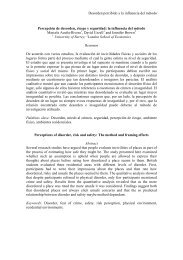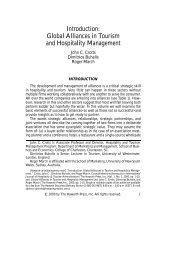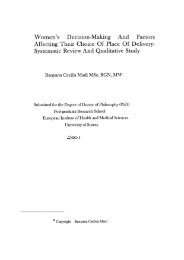Paper title - Surrey Research Insight Open Access - University of ...
Paper title - Surrey Research Insight Open Access - University of ...
Paper title - Surrey Research Insight Open Access - University of ...
You also want an ePaper? Increase the reach of your titles
YUMPU automatically turns print PDFs into web optimized ePapers that Google loves.
Figure 4. Classification <strong>of</strong> fatigue details according to BS 5400 (1980).<br />
3 RESULTS AND DISCUSSION<br />
The connections <strong>of</strong> the bridge are numbered as shown in Figure 2. In the notation used subsequently,<br />
the first number refers to the investigated connection, while the second connection<br />
number indicates the relevant direction. For example S5-S7 refers to the connection at location<br />
S5 in the direction <strong>of</strong> connection S7. Stress histories are obtained at a distance <strong>of</strong> 250 mm from<br />
the stringer-to-cross-girder interface and a distance <strong>of</strong> 300 mm from the cross-girder-to-main<br />
girder interface. At these distances, stress concentration effects, which are, within the context <strong>of</strong><br />
this global analysis rather spurious, are found to diminish considerably. The stresses during the<br />
entire stress histories were compressive near the top flange at that position and tensile near the<br />
bottom flange for most <strong>of</strong> the connections. A typical stress history is shown in Figure 5. It is<br />
clear that the stress history is axle dominated which was shown to be the case for short span railroad<br />
bridges with short member lengths (Dick & McCabe 1990). It can, also, be seen that stress<br />
cycles are repeated after the passage <strong>of</strong> the engine since the train consists <strong>of</strong> 15 similar wagons<br />
following the first one. Overall, stress ranges were found to vary between 10-30 MPa which is<br />
in agreement with field measurements on similar bridges (Åkesson 1994, Brühwiler 1995).<br />
Damage is calculated at the bottom <strong>of</strong> the connections near the member bottom flange since<br />
these parts are found to be in tension. The parts near the top flange, which are found to be in<br />
compression, are, for the purpose <strong>of</strong> fatigue damage evaluation, ignored.<br />
In the following sections, comparisons between the various connections <strong>of</strong> the bridge are<br />
made and the most critical ones are identified.<br />
Stress (MPa)<br />
30.000<br />
25.000<br />
20.000<br />
15.000<br />
10.000<br />
5.000<br />
0.000<br />
0 50 100 150 200 250<br />
-5.000<br />
Engine First car<br />
Time step<br />
Figure 5. Stress history near the bottom <strong>of</strong> the connection S5-S7.




